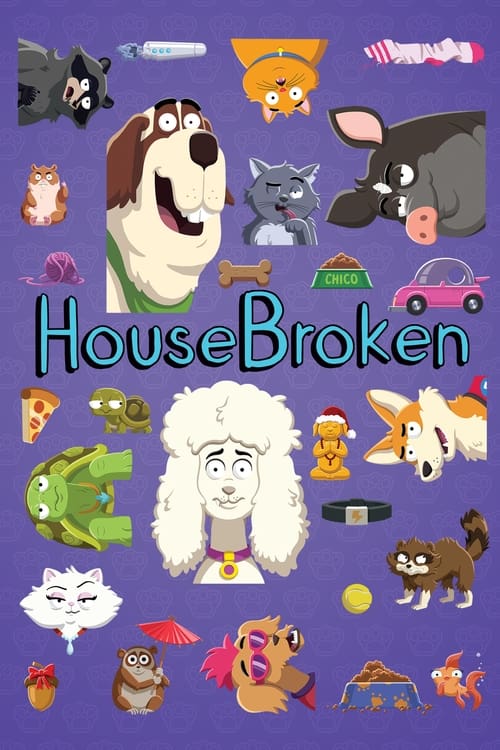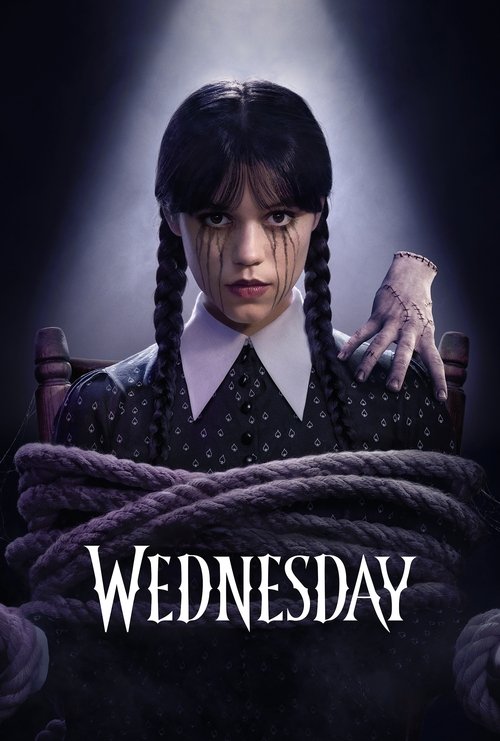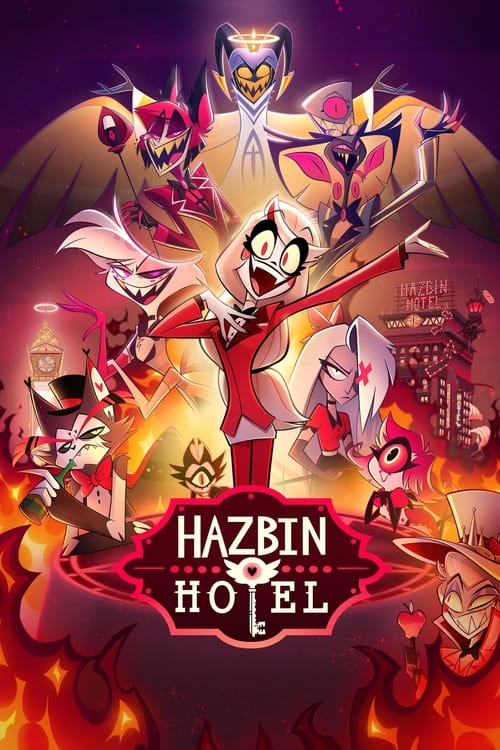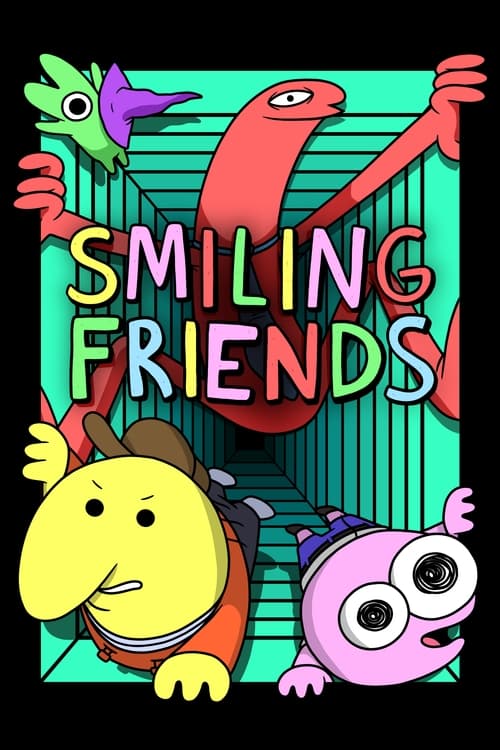
Ask Your Own Question
What is the plot?
"HouseBroken" follows a group of neighborhood pets who gather in their owner's backyard to discuss their lives and the challenges they face. The main character, a therapy dog named Honey, leads the group, which includes a variety of animals with distinct personalities and issues.
The series begins with Honey, who is eager to help her fellow pets with their emotional struggles. She is optimistic and believes that she can guide them through their problems. The first episode introduces the other main characters: a cynical cat named Tabitha, a neurotic dog named Chief, a self-absorbed pug named Poppy, and a wise old tortoise named Shel. Each character has their own quirks and backstories that contribute to the dynamics of the group.
In the first major plot point, Honey decides to host a "Pet Therapy" session in her backyard, hoping to create a safe space for everyone to share their feelings. The session quickly devolves into chaos as the pets reveal their insecurities and fears. Tabitha expresses her disdain for humans, while Chief struggles with his anxiety about being abandoned. Poppy, on the other hand, is more concerned with her appearance and social status among the pets.
As the episodes progress, the group faces various challenges that test their friendships and individual growth. In one episode, Honey tries to help Chief confront his fear of the vet. She encourages him to face his anxiety head-on, leading to a humorous yet heartfelt scene where Chief ultimately realizes that he can trust Honey and his friends to support him.
Another significant plot point occurs when Poppy becomes jealous of a new pet in the neighborhood, a charming and confident cat named Max. Poppy's jealousy leads her to sabotage Max's attempts to fit in, causing tension within the group. Honey steps in to mediate, emphasizing the importance of acceptance and friendship. This conflict showcases Poppy's insecurities and her need for validation from her peers.
Throughout the series, the pets also deal with their owners' lives, which often reflect their own struggles. For instance, Honey's owner, a woman named Jill, faces her own emotional challenges, and Honey tries to help her navigate them, mirroring the support she offers to her fellow pets. This parallel storytelling deepens the emotional resonance of the series.
In a pivotal episode, the pets band together to help Chief when he goes missing after a particularly stressful day. They embark on a neighborhood search, showcasing their loyalty and teamwork. This adventure highlights the bond they share and reinforces the theme of friendship. The search culminates in a heartwarming reunion, where Chief realizes how much he means to his friends.
As the season progresses, the characters continue to evolve. Tabitha learns to open up more, revealing her vulnerabilities, while Poppy begins to understand the value of true friendship over superficial popularity. Honey remains the glue that holds the group together, often leading by example and encouraging her friends to embrace their true selves.
The season finale brings a significant turning point for the group. A major storm hits the neighborhood, forcing the pets to seek shelter together. During this crisis, they confront their fears and insecurities, ultimately coming together to support one another. The storm serves as a metaphor for the challenges they face in their lives, and the pets emerge stronger and more united.
In the closing moments of the season, the pets reflect on their journey and the growth they have experienced. Honey expresses her gratitude for her friends, and they all acknowledge the importance of their bond. The series ends on a hopeful note, with the pets looking forward to new adventures and challenges, ready to face them together.
What is the ending?
In the ending of HouseBroken, the main characters come together to confront their individual issues and support one another. The season wraps up with a sense of community and understanding among the pets, showcasing their growth and the bonds they have formed.
As the final episode unfolds, we see the pets gathering in the backyard of their human's home. The sun is setting, casting a warm golden hue over the scene. Honey, the golden retriever, is at the center, trying to mediate a discussion among her friends about their various problems. She expresses her desire for everyone to feel heard and understood, reflecting her role as the group's emotional anchor.
Next, we shift to the anxious and neurotic character, the cat named Tabitha. She shares her fears about being abandoned, which resonates with the other pets. The camera zooms in on her wide eyes, filled with vulnerability. The group rallies around her, offering words of encouragement and solidarity. This moment highlights the theme of friendship and support, as they all share their insecurities and fears.
Meanwhile, the bulldog, who often acts as the comic relief, attempts to lighten the mood with a series of silly antics. His playful behavior brings laughter to the group, showcasing how humor can be a coping mechanism in difficult times. The pets begin to realize that while they all have their individual struggles, they can lean on each other for support.
As the episode progresses, we see a montage of the pets engaging in various activities together, such as playing in the yard, sharing snacks, and even having a heartfelt moment where they all cuddle together. This visual representation of their bond emphasizes the importance of community and the idea that they are stronger together.
In the final scene, Honey leads the group in a heartfelt toast, raising her water bowl to celebrate their friendship. Each pet takes turns expressing what they appreciate about one another, culminating in a touching moment of unity. The camera pans out, showing the pets sitting together under the twilight sky, a symbol of their newfound understanding and connection.
As the credits roll, we see glimpses of each character's future. Honey continues to be the nurturing leader, Tabitha learns to embrace her quirks, and the bulldog finds joy in making others laugh. The season ends on a hopeful note, leaving the audience with a sense of closure while hinting at the ongoing adventures and challenges the pets will face together in the future.
Is there a post-credit scene?
In the animated series "HouseBroken," there are no post-credit scenes featured in the episodes. The show focuses on the lives of various pets in a neighborhood, led by a therapy dog named Honey, who helps her fellow animals navigate their personal issues and relationships. Each episode wraps up its storylines without additional scenes after the credits, maintaining a straightforward narrative structure. The humor and emotional arcs are contained within the main episodes, allowing viewers to engage with the characters' journeys without the expectation of further content after the credits roll.
What are the main character's motivations in HouseBroken?
The main character, a therapy dog named Honey, is driven by her desire to help other animals in the neighborhood overcome their personal issues. She is compassionate and empathetic, often taking on the emotional burdens of her friends, which leads her to navigate various challenges and conflicts throughout the series.
How does Honey's relationship with the other animals evolve throughout the series?
Honey's relationship with the other animals, including characters like Chief, a grumpy but lovable dog, and Elsa, a neurotic cat, evolves as they face their individual struggles together. Initially, there is tension and misunderstanding, but as they share experiences and support one another, their bonds deepen, showcasing themes of friendship and community.
What specific challenges does Chief face in HouseBroken?
Chief grapples with feelings of inadequacy and a troubled past, which manifest in his gruff exterior and reluctance to open up. Throughout the series, he confronts his fears and insecurities, particularly in episodes where he must face his past traumas, leading to moments of vulnerability that reveal his deeper emotional layers.
How does the character of Elsa contribute to the overall dynamics of the group?
Elsa, the neurotic cat, adds a layer of complexity to the group dynamics with her anxiety and overthinking. Her character often serves as a foil to Honey's optimistic nature, creating comedic tension. Elsa's journey involves learning to trust her friends and embrace her quirks, which ultimately helps her grow and strengthens the group's bond.
What role does the setting play in the development of the plot in HouseBroken?
The setting, primarily a suburban neighborhood, plays a crucial role in shaping the plot and character interactions. The various locations, such as the park, the vet's office, and the homes of the animal characters, serve as backdrops for pivotal moments of growth, conflict, and resolution, allowing the characters to explore their relationships and personal challenges in a relatable environment.
Is this family friendly?
"HouseBroken," produced in 2021, is an animated comedy that features a variety of themes and humor that may not be suitable for all children or sensitive viewers. While the show is designed to appeal to adults and families, it does contain some potentially objectionable or upsetting elements.
-
Mature Themes: The show often explores themes related to mental health, addiction, and personal struggles, which may be complex for younger viewers to understand.
-
Humor Style: The humor can be edgy and may include innuendos or jokes that are more appropriate for an adult audience, potentially leading to confusion or discomfort for children.
-
Character Dynamics: Some character interactions may involve sarcasm, conflict, or emotional distress, which could be upsetting for sensitive viewers.
-
Visual Gags: There are instances of slapstick humor that might be intense or surprising, which could be alarming for younger children.
-
Language: While the show is not excessively vulgar, there are moments of mild profanity and suggestive language that may not be suitable for all audiences.
Overall, while "HouseBroken" can be enjoyed by families, it is advisable for parents to preview episodes to determine their appropriateness for their children, considering the show's comedic style and thematic content.





























